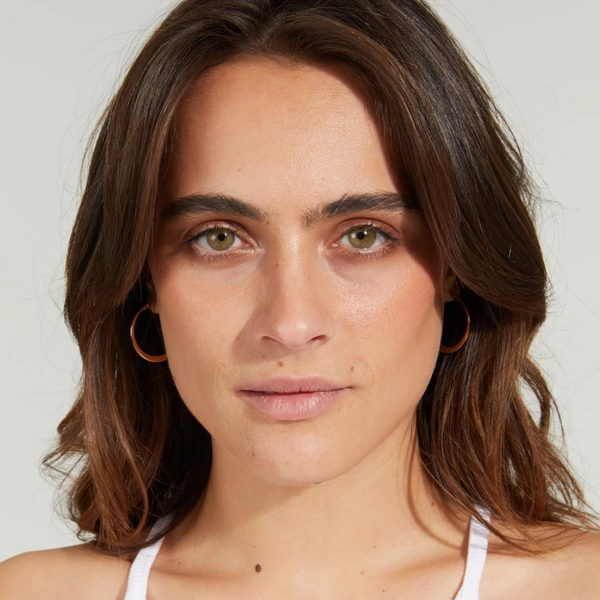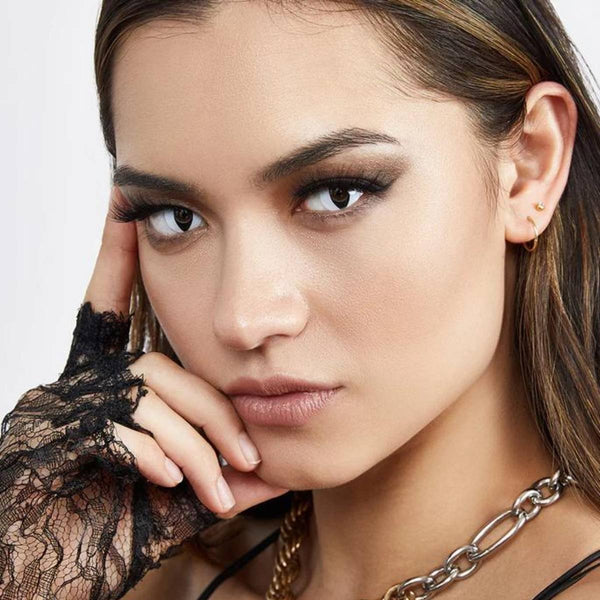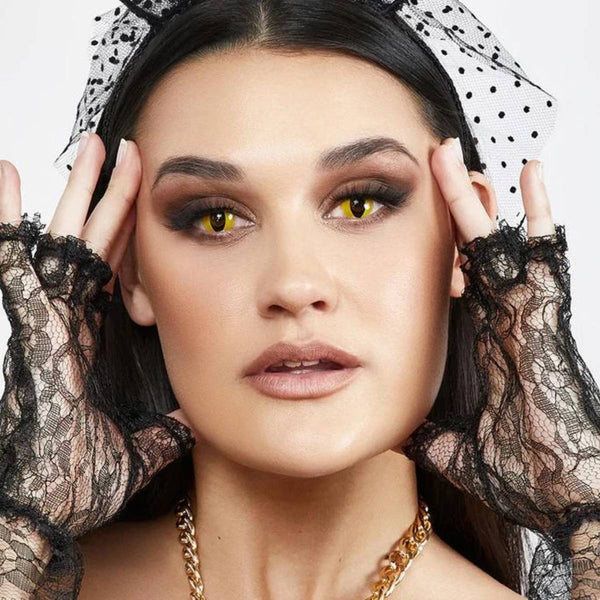
Color Contacts for Light Eyes, An Overview
Color Contacts for Light Eyes, An Overview
Are you looking for some inspiration for your next pair of color contacts? Or not sure where to even start choosing the right lens for your look? The team from Dimple has assembled this simple guide to choosing the right color eye contactsfor light eyes just for you.
The basics of contact lenses
You’re probably familiar with contact lenses. There’s actually two types of contact lens on the prescription market- hard and soft. Hard contact lenses are used only for specific eye conditions. Even most prescription contacts are soft these days. Soft contact lenses are more comfortable to wear and are more permeable to oxygen.
The lens is inserted to ‘cling’ or ‘float’ on the very surface of the eye. It’s in contact with the eyeball over your iris, ensuring the lens moves naturally with your eye movements and doesn’t get lost or move. For prescription users, this ensures they don’t suddenly lose their corrected vision. For you, it means you can mask your color and enjoy something novel instead.
Understanding How Color Contacts Work
Before we get into finding the best color contacts for light eyes, we need to spend a few paragraphs looking at how color contact lenses work.
Enhancement Color Lenses
Enhancement tint contact lenses provide a translucent, subtle color on the lens. This can enhance your natural color, or very subtly shift it. So you could give a great veneer to a blue eye, but couldn’t make a brown eye look blue. Or you could take your natural blue and make it a startling periwinkle.
Opaque Color Lenses
On the other hand, opaque lenses provide an opaque color that can completely mask an iris. This means those with darker shades can lighten their eyes, and everyone can change their color entirely. They can also mask oddities like slivers of different colors in your iris, if you don’t like this natural feature.
Prescription Color Lenses
Prescription lenses don’t have to alter your eye color- but they can! If you use a prescription, you can get your color contacts in your prescription, so you can have fashionable fun too. And yes, those with astigmatism (who need toric lenses) can also get color contacts.
So, What Type of Color Lens is Best For Light Eye Colors?
The great news here is that there’s almost no color contact lenses you can't wear! Let’s take a look
Enhancement tint lenses for light eyes
Light eyes can wear enhancement tint lenses across a far wider spectrum than dark eyes can. A blue eye, for example, can use an enhancement lens to desaturate their natural iris to gray, or shift it to green, as well as to make their natural blue pop in a different shade. Likewise for natural grey eyes. For a green eye, it will depend how bright and robust your natural green is, but you can likely wear them effectively too. Many can also apply a subtle violet hint if you wish.
Opaque color lenses for light eyes
Opaque lenses are used to alter the underlying eye color completely. If you have light eyes and want to experiment with honey, hazel, or brown color contacts, an opaque lens is likely their best bet. If your natural eyes are too green for enhancement lenses to cover, or if you want a very bright violet, opaque color contacts will be best for that, too.
Wearing color contacts convincingly on light eyes
So, the color contact world is your oyster. How do you wear it convincingly? If you like to make a statement, or don’t mind if your new eye color looks unnatural, go ahead and do as you please. If you’re trying for a subtle or natural effect, consider your hair and skin tone. Certain eye colors are associated with certain natural eye colors. While there are people with unusual eyes, the following hair looks most convincing with these eye colors:
- Black: Most black-haired individuals have brown, honey, or hazel eyes. Green is rarer, but found
- Brown: Brown haired individuals have something of a ‘universal’ eye palette
- Red: Most natural redheads have green or blue eyes. Some have honey.
- Blonde: Most natural blondes have blue eyes. Some have paler browns. Green is surprisingly rare.
Grey and violet eyes are very rare naturally, and mostly found on black-haired or blonde individuals when found. Here is two other considerations to bear in mind:
- Makeup: You will need to alter your makeup to suit the new eye shade
- Skin tone: All of us have a natural undertone to our skin that’s warm or cold. Blue, paler green, grey, hazel, and darker brown work best with cool undertones. Warm browns, honey, warm blues, and vibrant greens suit warmer undertones. You can consider the undertone of your hair color, too, the same way.
Introduction to Dimple
Now that you know more about picking the best looking color contacts for light eyes, why not try the Dimple difference? Our two collections- Mellow for natural subtlety and Hello for bold brightness- are both created with our unique formulation. Our lenses help your eyes stay hydrated, while looking fantastic too. We’re proud to have created a premium color contact lens anyone can enjoy- give us a try today!





